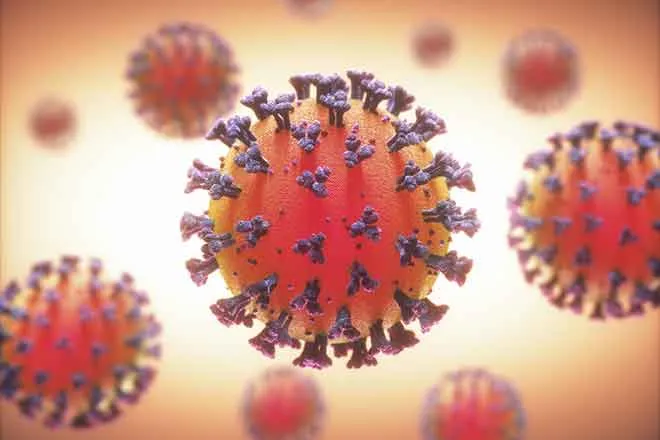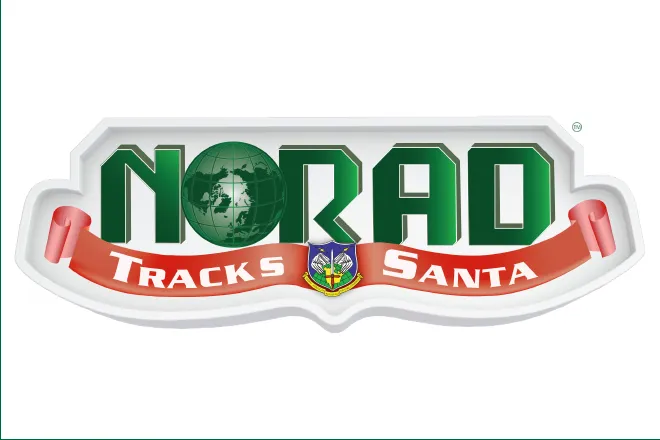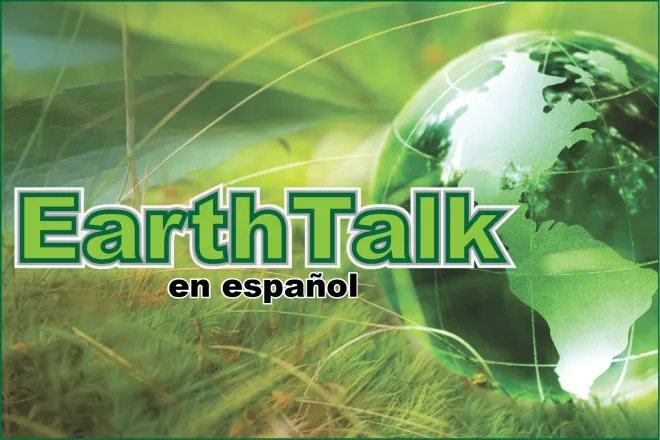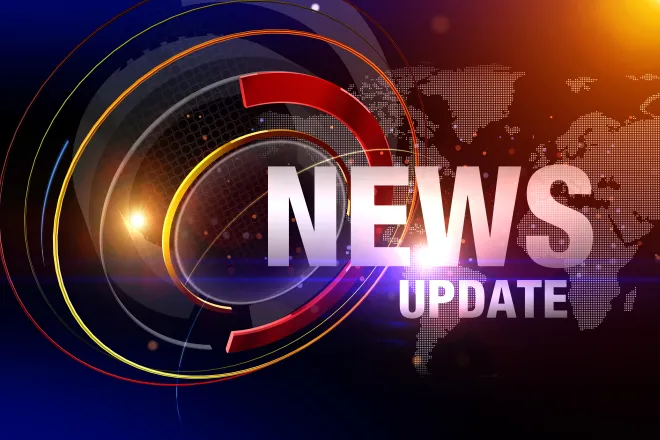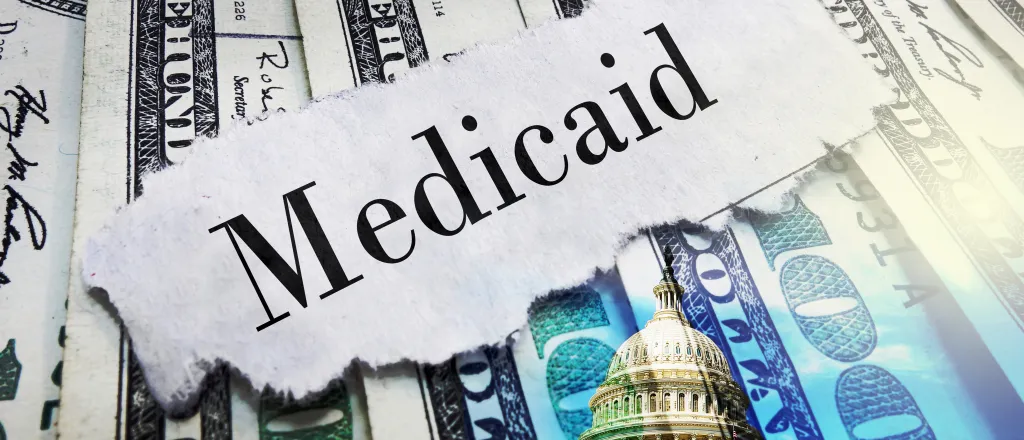
Indigenous health providers share hopes, concerns about Medicaid covering traditional healing
© zimmytws - iStock-2206705589
The effort to secure coverage for traditional healing services for Indigenous peoples across Arizona started over 10 years ago, with many health care professionals working to improve access for patients seeking alternatives to Western medicine.
“It was a long time coming,” Terrilynn Nez-Chee said.
Nez-Chee is Navajo and the director of revenue cycle management for the Tse’hootsooi’ Medical Center in Fort Defiance. She also serves as the chair of the Traditional Healing Workgroup for the Arizona Health Care Cost Containment System.
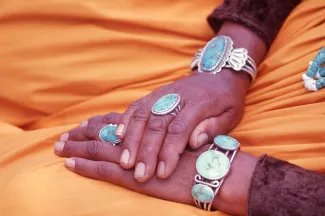
© Rebecca J Becker - iStock-1251580456
“It was a long journey,” she added, but all the work put in was worth it.
Offering more access to traditional healing practices through the state’s Medicaid program is a significant win for people seeking such services through the Indian Health Service or a tribally operated health facility.
The Arizona Health Care Cost Containment System, or AHCCCS, is the state’s Medicaid program and provides health care coverage for about two million Arizonans — about 28 percent of the state’s residents — including 167,000 Native Americans.
AHCCCS received approval in October from the Centers for Medicare and Medicaid Services to cover traditional healing services provided through the Indian Health Service and tribally operated health facilities in Arizona.
Arizona is one of only four states that have received federal approval to cover traditional healing practices as a Medicaid benefit, joining California, New Mexico and Oregon.
Indigenous traditional healing is a comprehensive medical system encompassing a range of holistic treatments used by Indigenous healers to treat various acute and chronic conditions, as well as to promote health and well-being, according to the National Institutes of Health/National Center for Complementary and Alternative Medicine.
After federal approval, Governor Katie Hobbs allocated $100,000 from the state to secure over $222 million in federal matching funds for culturally relevant traditional healing practices.
“Through our bipartisan balanced budget, we’re able to secure the necessary state funds to be able to draw down the federal funds to cover traditional healing,” Hobbs said, adding that she understands many people have advocated for decades to get the service covered.
Hobbs held a roundtable discussion with health care officials and traditional practitioners at the Center for Native American and Indigenous Futures at NAU August 8.
Hobbs heard what traditional healing means for the Navajo Nation and White Mountain Apache Tribe, the two tribes present for the roundtable.

“I am committed to ensuring that health care is accessible to Arizonans across the state, and that those deeply personal health care decisions are able to happen in the way that meets everyone’s needs,” she said. “This is a huge step forward in doing that.”
Ann Marie Chischilly, the vice president of Native American Initiatives at NAU, said Hobbs’ administration has demonstrated a strong commitment to supporting Indigenous peoples across Arizona, and her work will leave a lasting impact on the communities.
Traditional healing practices vary across tribal nations, but some standard practices include sweat lodges, prayers, talking circles and ceremonial rituals.
Chischilly said that Indigenous medicine people and traditional knowledge holders have always been “our original healers and our scientists.”
“Your steadfast commitment from time immemorial to our ways of healing is deeply honored,” she added. “We’re proud to live in a time where both Western science and Indigenous knowledges are increasingly recognized and respected as equals.”
Funding for traditional healing services provided by the Indian Health Service or tribally operated health care facilities will be 100 percent reimbursed by the federal government.
The state would need to pay for reimbursements involving non-Native family members of Indigenous people covered by Medicaid who receive their health care from Indigenous providers.
Even though traditional healing services have not been covered under federal programs like Medicaid previously, many health care facilities in tribal communities continue to offer these services to Indigenous patients.
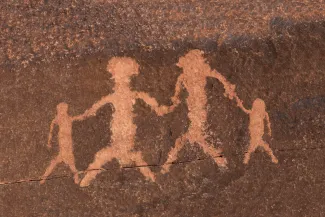
For Nez-Chee, having coverage for traditional healing methods in Arizona fills that access need but also creates a path to educating young generations.
“It’s more than reimbursement, it’s reeducating and regrowing our tradition and our culture,” Nez-Chee said. “It’s a community development.”
She said that improved community understanding and access to traditional healing help people understand its role in the daily lives of many Indigenous people.
As the state moves forward, Nez-Chee said that the workgroup is trying to ensure that the process includes all 22 tribes in Arizona because they understand that each tribe is “very unique in their culture and tradition.”
“We made it to where it would be open-ended, to where they can tailor and customize the purpose of the reimbursement with their organizations and healthcare,” she said, adding that this allows healthcare providers to involve the community, traditional practitioners, and physicians in the process.
Now that traditional healing practices are covered, Nez-Chee said the work begins for everyone to engage with their community to let them know about these services within their health care facilities.
For the White Mountain Apache Tribe, Michael Tate said they are actively working to include traditional healing services within their care efforts for both behavioral and physical health.
“This is a big milestone for all tribes,” he said, because it shows that traditional healers are equivalent to what a doctor is in the system.

© iStock - nevarpp
Tate is the chief executive officer for the White Mountain Apache Behavioral Health Services and has been actively working to secure access to traditional healing services since 2019.
“We’ve always had the option, regardless of us getting reimbursed,” Tate said. “We covered the service.”
The tribe does not have traditional practitioners on staff, and when patients request services, Tate said they usually rely on the patient to select who they want to provide that service from within the community.
Traditional healing services are not widely used within the hospital setting for the White Mountain Tribe. Tate said that it is most likely due to the fact that it is a very private experience and many don’t want to share that information openly with a health care provider.
The traditional practices aren’t meant to be written down or shared publicly, and Tate said their tribe is very concerned about that potentially happening because their communities have been taken advantage of before.
“We don’t want this to be a big fraud,” he said, explaining that the sober living facilities scam is what drives this caution because a lot of Indigenous people were exploited, especially from the White Mountain Apache Tribe.
“Organizations who are not good might take advantage of this program,” Tate said. “We don’t want this to be bigger than it needs to be.”
Tate said that the White Mountain Apache people need the service and he just wants to make sure that it is being provided for the right reasons.
“There’s always gonna be bad actors out there that’re gonna try to take advantage of this,” he said. “We need to protect our own teachings, our own way of life.”
Tate shared his concerns about the possibility of fraudulent scams happening with Hobbs and her staff during the roundtable discussion.
Zaida Dedolph Piecoro, the governor’s state health strategist, said that since the benefit is specifically for tribal health facilities, only those providers can bill for the service.
AHCCCS will not determine who traditional practitioners are or who they can reimburse, she said, because it was vital to ensure that the benefit remained about the healing practices being self-directed and self-determined.
“It’s determined by tribal leadership and determined by tribal health facilities,” Piecoro said, adding that someone can not just walk into a tribal health facility and tell them they want to provide traditional services.




